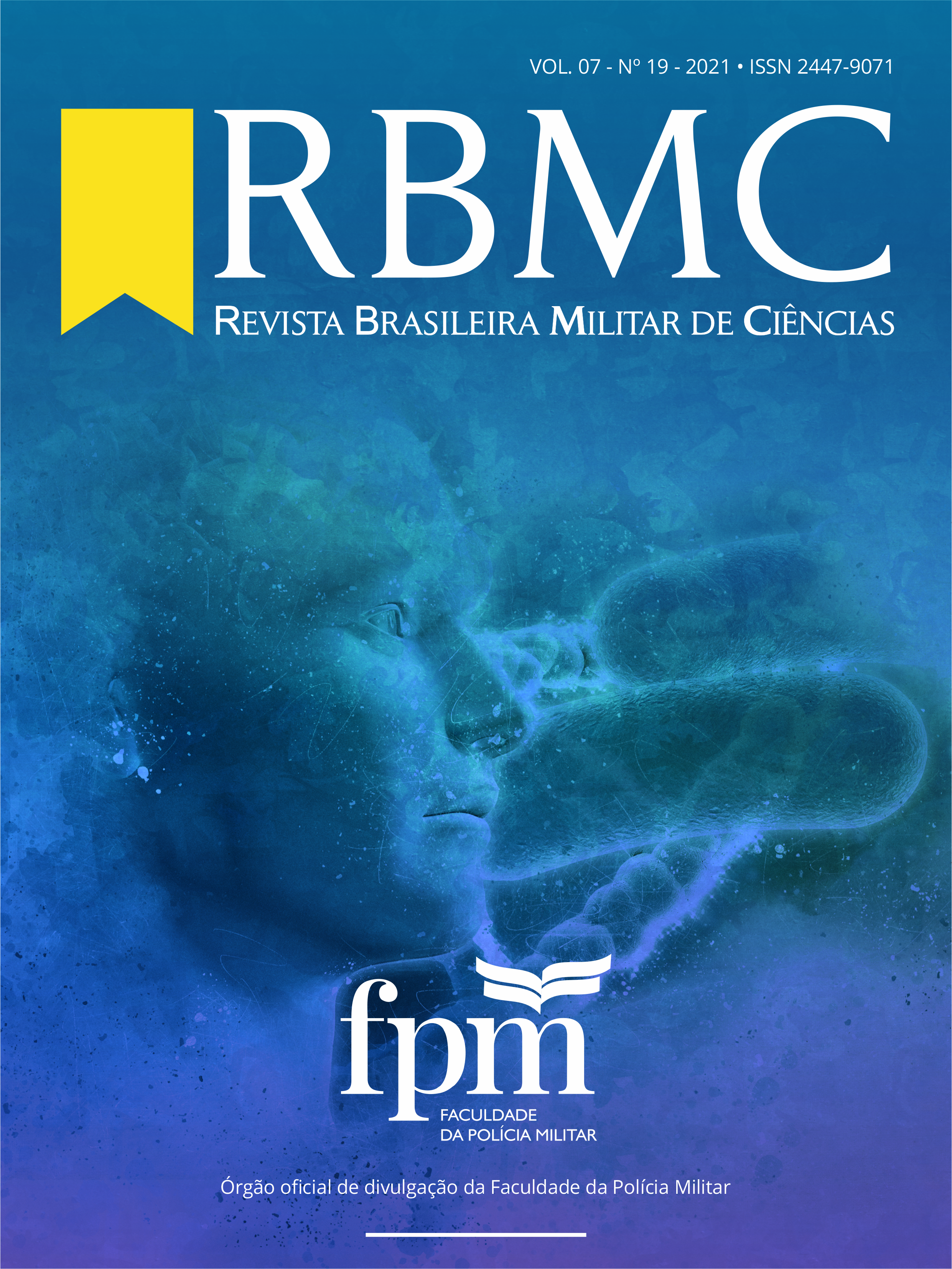Investigation of molecular mechanisms of cannabinoids with neuromodulator activity using in silico tools
DOI:
https://doi.org/10.36414/rbmc.v7i19.110Palavras-chave:
Cannabis sativa; sistema nervoso central; tetrahydrocannabivarina.Resumo
This work aims to complement the investigations of the molecular mechanisms of cannabinoids and their receptors, elucidating molecular targets that explain the effect of chemical compounds present in Cannabis sativa on central neuromodulation through in silico methods. Cannabis sativa metabolites were collected bibliographically, and the coding of molecules to perform the predictions were obtained from the PubChem website. Bioactivity screening was then performed with SwissADME, ProToxII, PASS, and Molinspiration programs and target search with SuperPred Webserver servers. After target identification, the selected structure was obtained from the Protein Data Bank (PDB) site for molecular docking with the GOLD program. Cannabis sativa metabolites had their physicochemical and biological properties analyzed. The targets for molecular docking were identified and verified for each compound, with their respective structures crystallized in the Protein Data Bank (PDB). The tetrahydrocannabivarin (THCV) molecule was selected because it predicted interaction with the N-arachidonylglycine receptor (PDB ID: 4UUQ). Docking reveals a potential interaction of THCV with the N-arachidonylglycine receptor. Furthermore, the binding structure of this study showed pharmacophoric alignment with the five most potent molecules capable of antagonizing the monoglycerate lipase receptor. TCHV docking showed anchoring of this molecule in the active site of the N-arachidonylglycine receptor due to the activities of this species. Thus, this marker could act as an antagonist of this receptor, behaving as an active metabolite with neuromodulatory activity through a possible alteration of microglial activity in the central nervous system, which may act as a therapeutic agent in neurodegenerative pathologies.
Downloads
Downloads
Publicado
Como Citar
Edição
Seção
Licença
A submissão de originais para a Revista Brasileira Militar de Ciências implica na transferência, pelos autores, dos direitos de publicação digital. Os autores somente poderão utilizar os mesmos resultados em outras publicações indicando claramente a Revista Brasileira Militar de Ciências como o meio da publicação original. Em virtude de ser uma revista de acesso aberto, permite-se o uso gratuito dos artigos em aplicações educacionais, científicas, não comerciais, desde que citada a fonte (por favor, veja a LicençaCreative Commons no rodapé desta página)




2.jpg)
